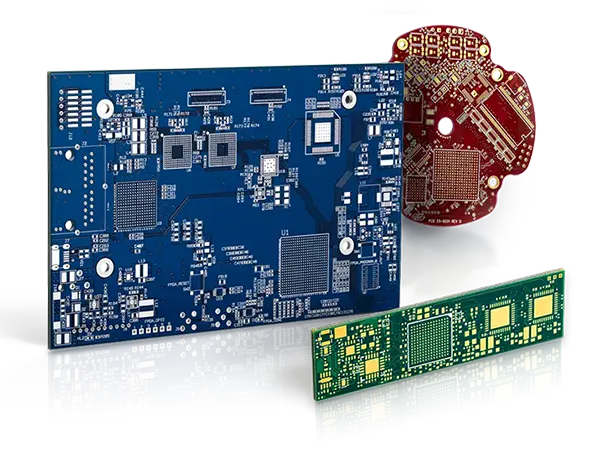Webinar: Flex PCB Stack-Up Design and Material Selection
REGISTER NOW
November 19th, 2025 | 10 AM PT
COST: FREE
-
14
Days
-
15
Hours
-
41
Minutes
-
47
Seconds
Vandana CC
Engineering Project Coordinator at Sierra Circuits
This webinar will be hosted on Zoom.
Following this event, you will receive:
-
Slides
-
Recording
Webinar abstract:
As electronic systems evolve toward miniaturization and higher functional density, traditional rigid boards often struggle to keep up with spatial demands. To address this issue, flex and rigid-flex PCBs have emerged as the perfect solution. These hybrid architectures deliver exceptional reliability under mechanical and thermal stress.
In this webinar, you’ll learn how to mitigate challenges such as delamination, cracking, and impedance drift through proven flex material selection and stack-up design strategies.
Rigid-flex and flex PCB material selection and stack-up design techniques
Your laminate selection forms the foundation of every flex and rigid-flex board. Choose materials that maintain stable electrical and mechanical performance across wide temperature ranges. For flex sections, polyimide films remain the industry standard due to their excellent dielectric strength and high thermal stability (operating up to 200-250°C). For optimal high-speed performance, use polyimide with Dk ≤ 4.0 to minimize signal loss.
REGISTER NOW
Equally important is matching the coefficients of thermal expansion (CTEs) between rigid and flex materials. A mismatch greater than 20 ppm/°C might lead to interlayer cracking during thermal cycling.
The choice between adhesiveless and adhesive-based laminates impacts both flexibility and reliability. Adhesiveless laminates, typically 12-25 µm thinner, provide superior flexibility and are ideal for tight bend radii (down to 1 mm). Adhesive-based laminates, while more economical, might introduce dimensional instability during lamination. For optimal performance, use adhesiveless materials in critical bend regions and adhesive-based materials for static or low-bend zones.
To maintain signal integrity, route high-speed traces on inner flex layers and use adjacent rigid layers as reference planes. For high-speed designs, ensure impedance tolerance within ±10% across rigid-to-flex transitions.
Board durability also depends on copper thickness and bend management. In flex zones, choose ½ oz or ⅓ oz copper weight. Maintain a minimum bend radius of 10× the total flex thickness for dynamic applications, and 6× for static bends.
Solid copper planes in flex areas might cause stiffness and stress concentration. To enhance flexibility, use cross-hatched copper patterns on ground/power planes.
Designing flex and rigid-flex PCBs is an intricate balance among mechanical flexibility, electrical performance, and manufacturability. Sign up for this webinar to explore flex material selection and stack-up design strategies that will help you tackle complex boards with confidence.
Webinar agenda:
- Selecting laminates for thermal and electrical performance
- Adhesiveless vs. adhesive-based flex laminates in transition zones
- Choosing stiffener materials and surface finishes
- Designing flex and rigid-flex stack-ups
- Striking a balance between signal integrity with mechanical durability
- Managing z-axis expansion and layer alignment

About Vandana CC
With a strong foundation in physics, Vandana CC brings a deep technical understanding to her work in PCB design and electronics manufacturing. She holds a Master’s in Physics and has experience teaching before transitioning into research at the Indian Institute of Science.
At Sierra Circuits, Vandana has played a key role in R&D projects, contributing to the development of engineering tools and calculators, technical content creation, and customer demos. Currently, she focuses on project coordination, ensuring seamless collaboration both within the team and with external partners. Her expertise bridges the gap between technical innovation and practical application, making her an integral part of Sierra Circuits’ engineering efforts.



